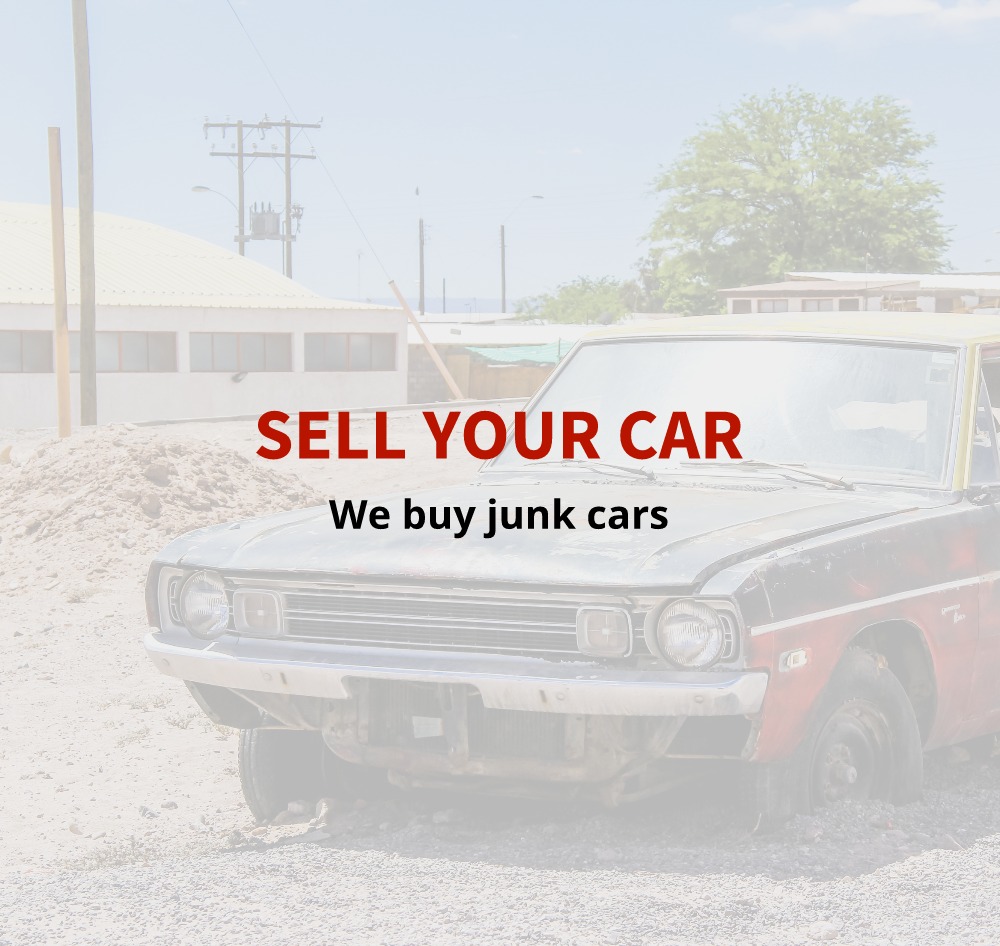Vehicle recycling has recently become more popular with the general public, thanks in part to the success of the green movement, but the U.S. auto recycling industry has existed for 75 years. Today, auto recycling is the 16th largest industry in the U.S. and generates about $25 million in annual revenue. There are currently about 7,000 auto recycling businesses throughout the U.S.
How the Recycling Process Works
Each year, automobile recycling yields enough steel to produce nearly 13 million new vehicles. To achieve this number, vehicle recyclers use a multi-step process to repurpose the renewable materials from cars, trucks, SUVs, motorcycles, and other modes of transportation. Below is a basic outline of the steps that auto recyclers take when they embark on recycling a vehicle.
Step 1: Remove Engine Fluids
Before the recycling process officially begins, fluids are removed from recyclable vehicles to ensure that they are properly disposed of. Because the recycling process often begins at junkyards that sell used auto parts, a junkyard may choose to remove fluids on its own.
In addition to expediting the recycling process, removing engine fluids can make vehicles safer for junkyard customers to remove parts from. Removing engine fluids can reduce the chance of fires developing in the salvage lot, and protect customers from inhaling noxious fumes.
Step 2: Remove Useable Parts
For auto recycling companies, having recyclable automobiles go to a junkyard first can reduce the time and energy that are required to break down the scrap metal and send it to a recycler. Furthermore, parts that a recycler may not be interested in acquiring (e.g. plastic reservoirs, rubber hoses, and tires) are often removed by junkyard customers to use for their vehicles.
Step 3: Shred the Vehicle Frame
After a vehicle has had useful parts removed, as well as components that may not be recyclable (e.g. batteries, certain grades of plastic, and seating covered with synthetic fabric. After these components are removed, a recycling company puts the remaining scrap metal in a vehicle shredder that magnetically separates metal fragments into ferrous and non-ferrous metals.
Step 4: Mix Metals Together
Before for scrap metal is forwarded to automakers, it is combined with other metal to strengthen the scrap metal, and prepare it to be molded into a new automobile frame. Based on research by the American Iron and Steel Institute (AISI), “Over 14 million tons of steel from end-of life vehicles was recycled and reused in 2014 — a number that has grown in the past decade.
Step 5: Send to Manufacturers
After the scrap metal is mixed with other metal, it is returned to auto manufacturers, so they can produce new car frames that are likely to be used to help produce an upcoming line of vehicles. Using recycled metal from vehicles helps manufacturers because it doesn’t cost as much as buying new metal. It benefits the steel industry by reducing emissions at production plants.
Interested in Recycling a Vehicle?
If so, sell or donate your end-of-life vehicle to Wrench-A-Part. We play an active role in the recycling process by selling used parts from junk cars. The fewer parts a car contains when it heads to a shredding facility or a vehicle recycler, the less work is required to process the recyclable metal into new metal that the auto recycling industry can use directly.
For more information about the process of recycling a vehicle, contact one of our Texas locations in Austin, Belton, and Lubbock. We look forward to speaking with you!

